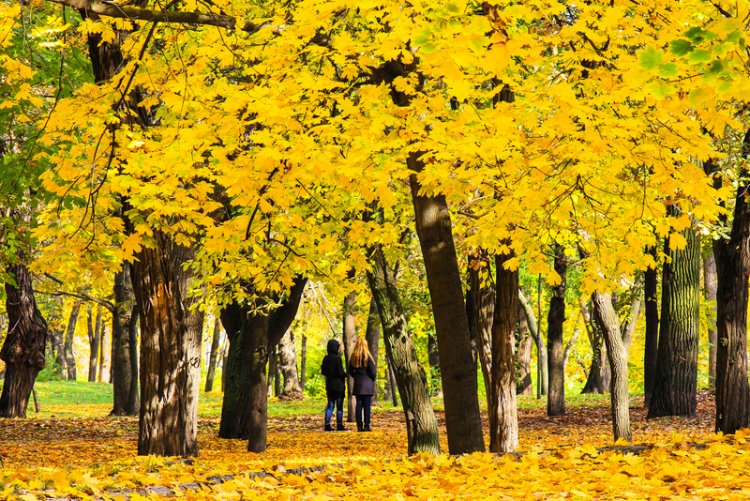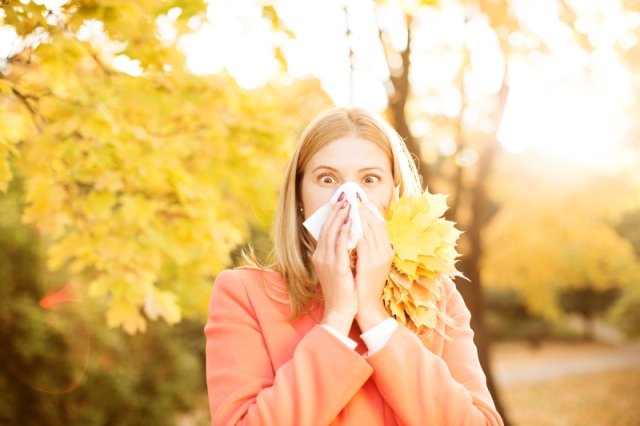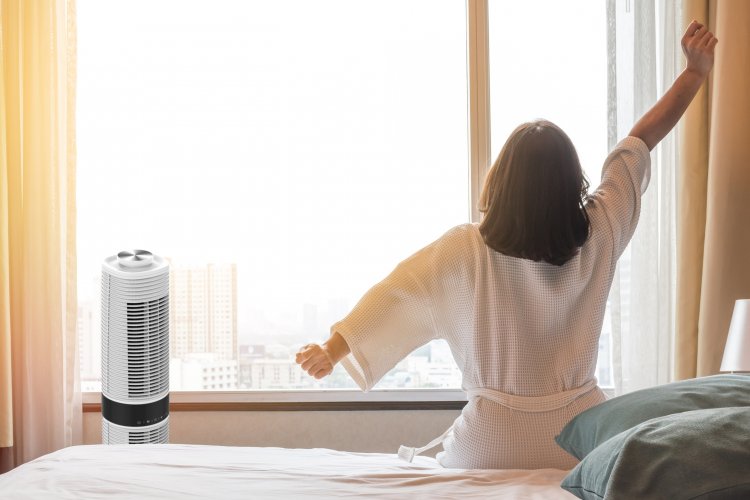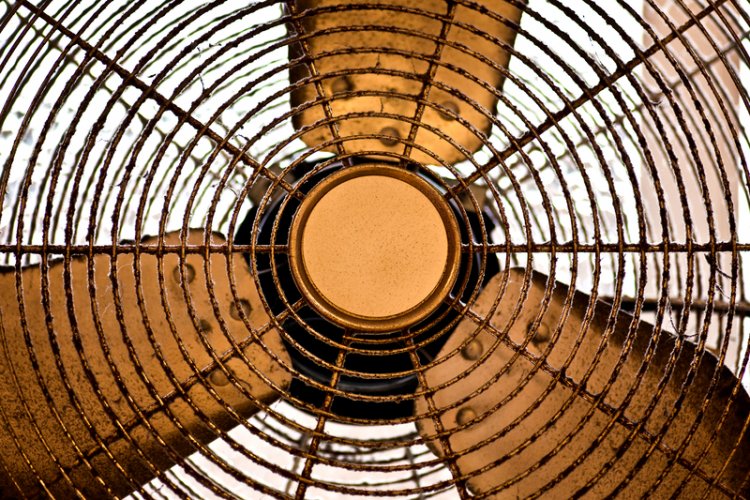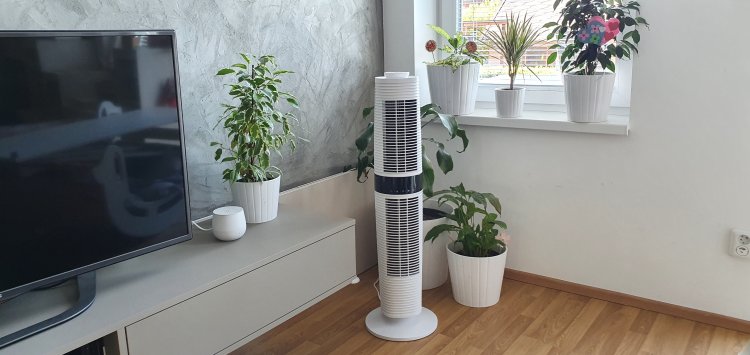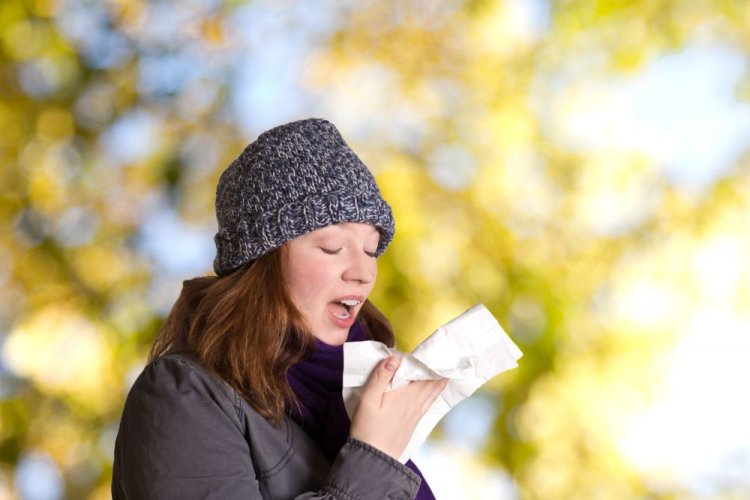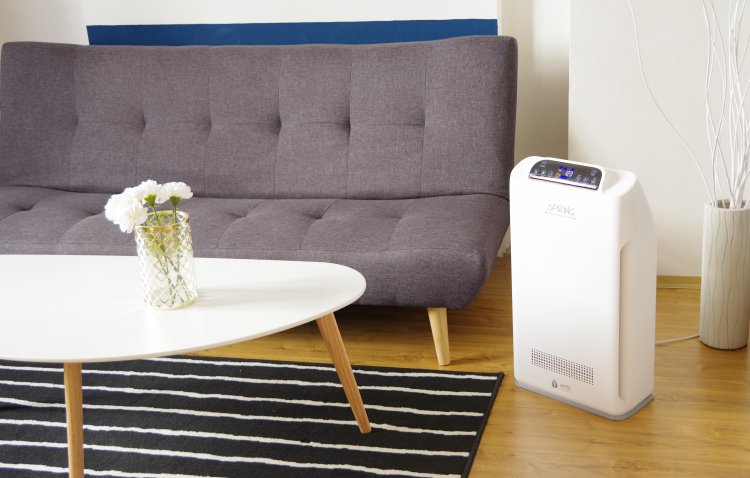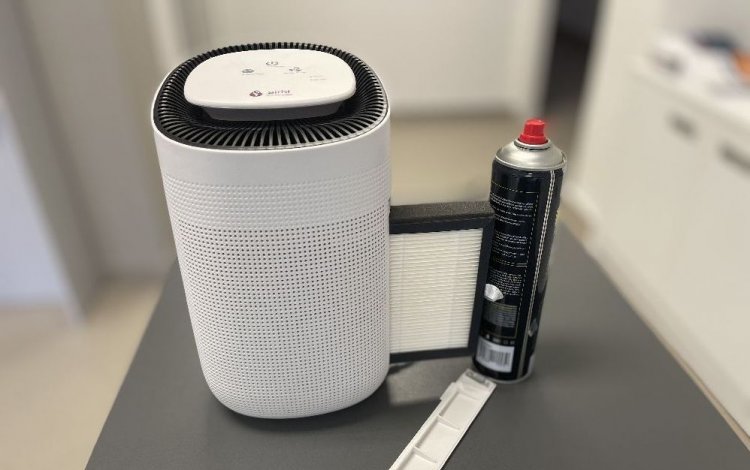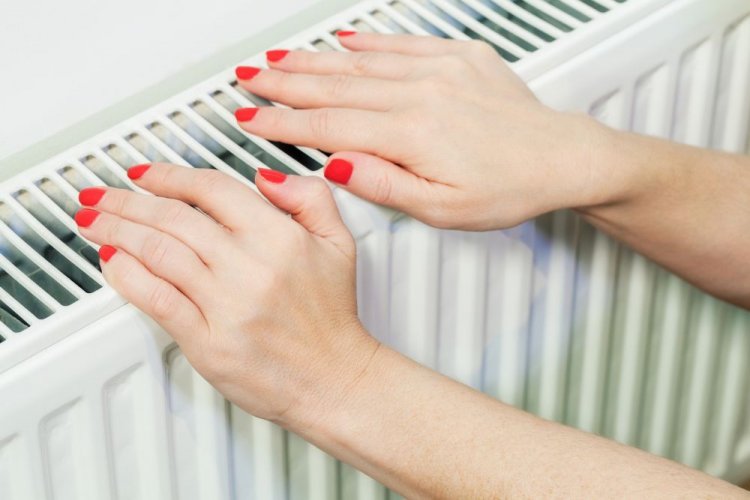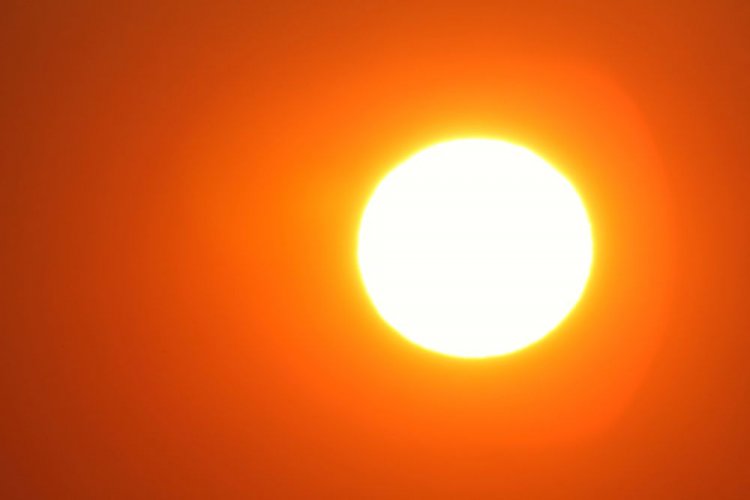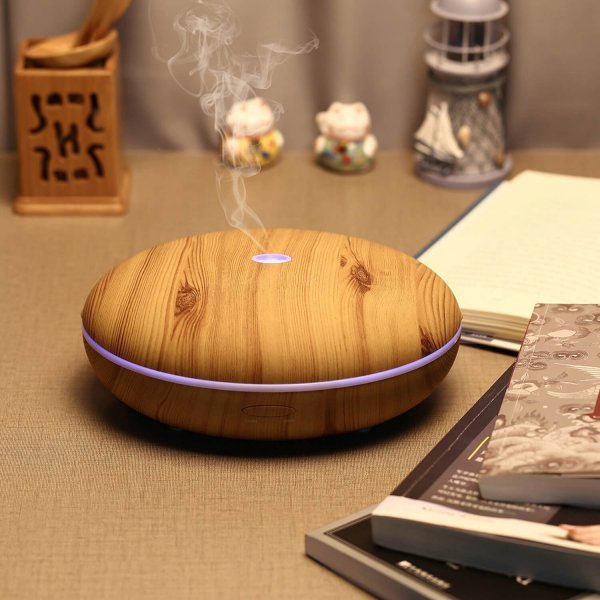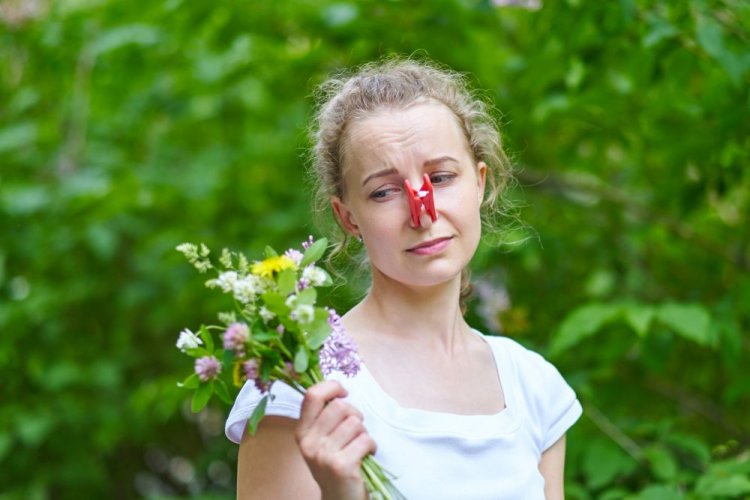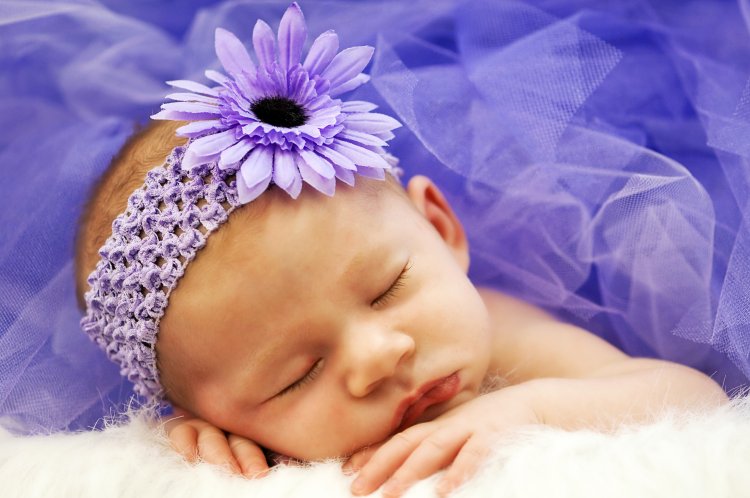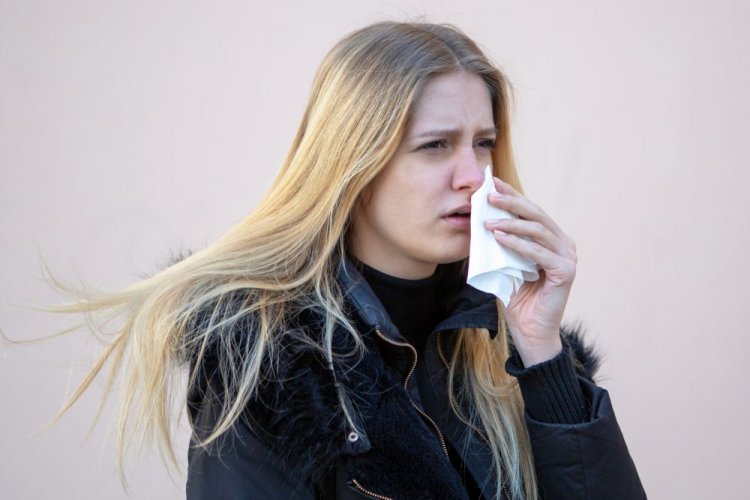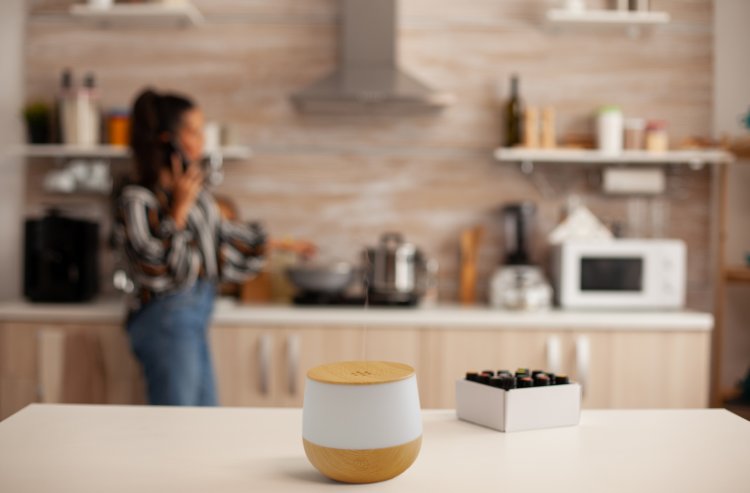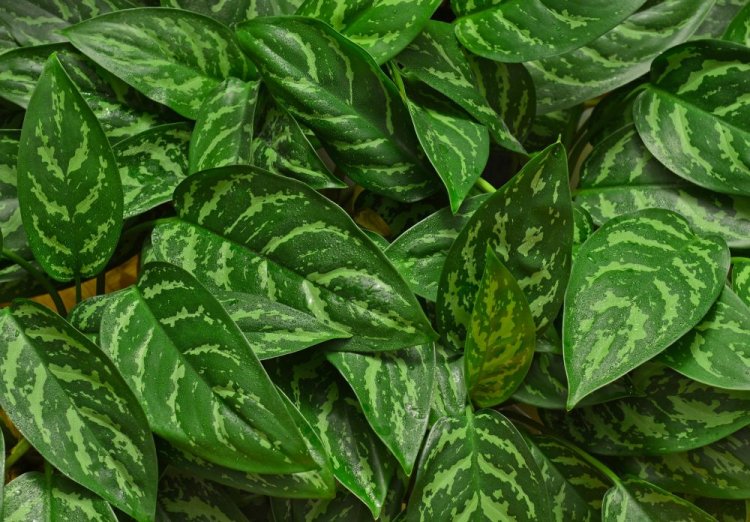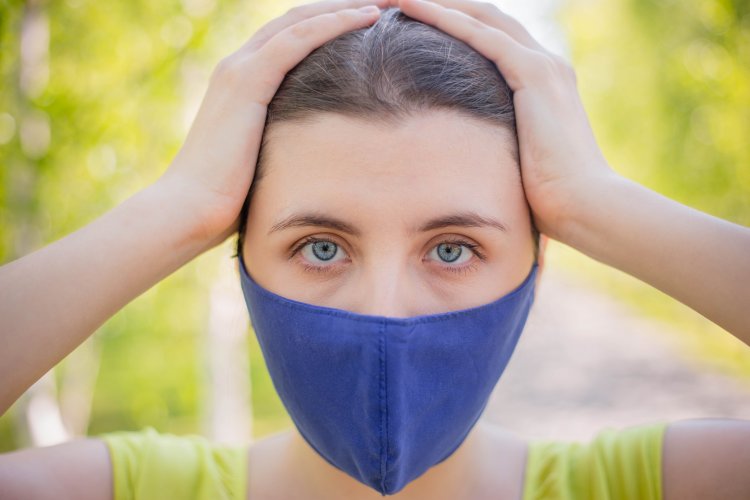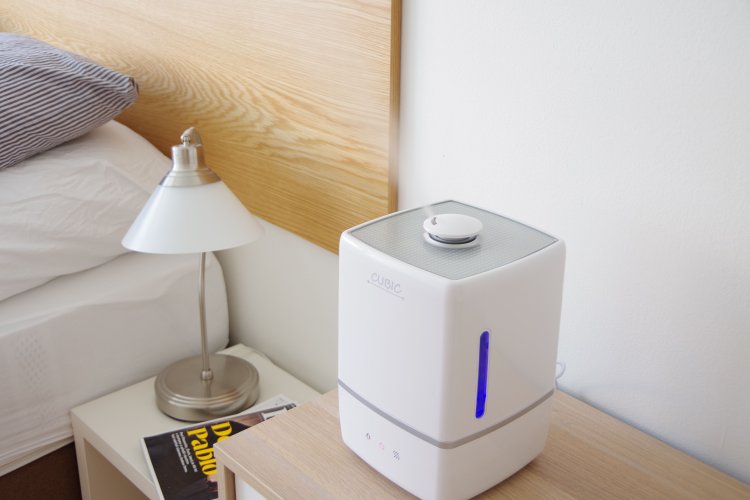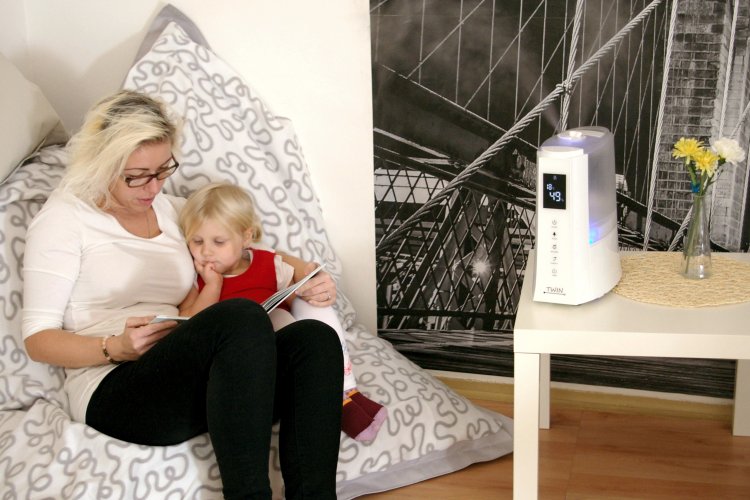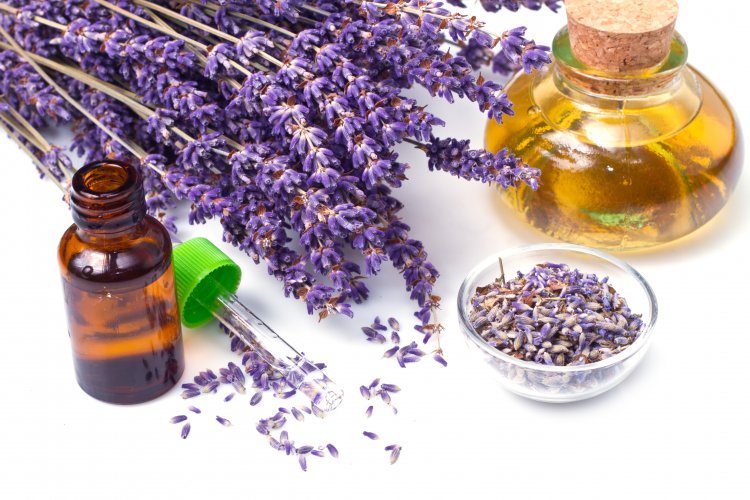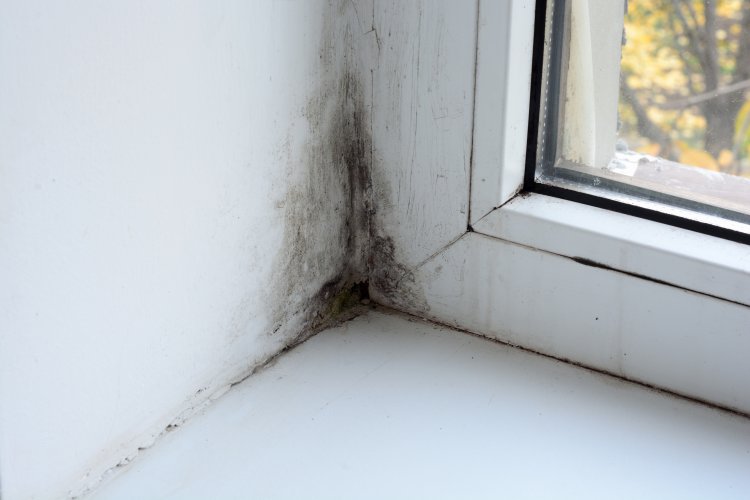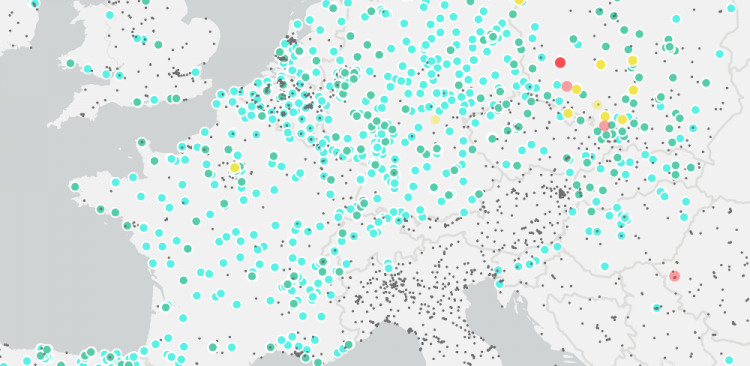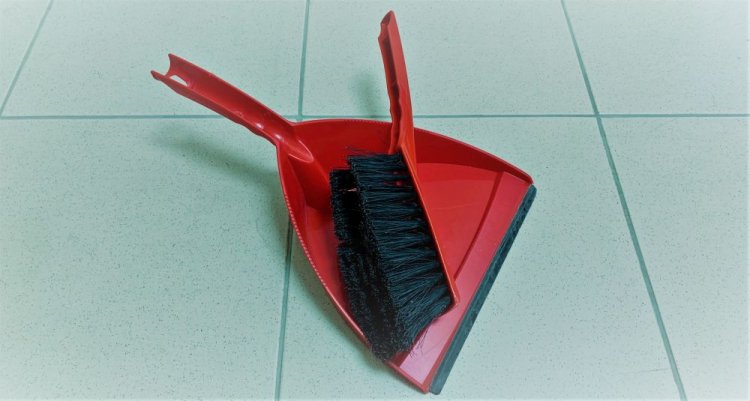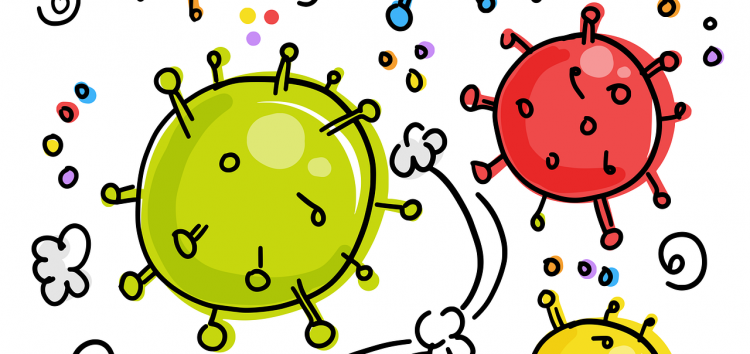

4 advantages (and 1 disadvantage) of desiccant dehumidifiers
Feb 20, 2025High humidity can be unpleasant. If you're choosing a dehumidifier, this brief overview of the advantages and disadvantages...
A beautiful garden is a haven for relaxation and enjoyment, but for individuals with pollen allergies it can turn into a nightmare. Plants that produce large amounts of pollen can trigger allergic reactions and make outdoor activities difficult. However, by thoughtfully choosing and implementing allergy-friendly practices, you can create a garden that brings joy without aggravating allergies. In this blog post, we'll explore how to enjoy the beauty of an allergy-free garden by choosing plants and landscaping that minimize pollen exposure.
One of the key strategies to protect your garden against allergies is to choose plants with low allergen content. These are plants that produce less pollen and are less likely to trigger allergic reactions. Opt for plants that rely on insect pollination rather than wind pollination, as they tend to produce less airborne pollen. Consider native plants as they are often well suited to the local environment and have lower pollen production.
1. Dioecious species - many plants grown in gardens are dioecious, meaning that one female plant has only female flowers without pollen, while the other male plant has male flowers with pollen. If you grow only female plants in your garden, you don't have to worry about pollen. In this case, however, we will have to be satisfied with just the flowers; without the contribution of the other sex, we would not see fruit.
2. Low pollen flowers - flowers with low pollen content are characterised by fuller flowers. For the garden, then, we choose those that flower only for a short time. Not only flowers with a higher pollen count are unsuitable for allergy sufferers, but also those that smell strongly and pungently.

Specific tips on plants suitable for allergy sufferers:

What next steps can help allergy sufferers? For example, landscaping. These can play a vital role in minimising pollen exposure. Establishing natural barriers such as hedges or windbreaks can help limit the spread of pollen. Incorporating good horticultural practices can also help significantly. Removing spent flowers can prevent the release of excess pollen. Proper pruning of trees and plants can also help control pollen production. Companion planting, where mutually beneficial plants are grown together, can discourage pollen-producing insects while adding beauty to your garden.

By implementing these strategies, you can protect your garden from allergies and create a sanctuary that is enjoyable for everyone, including those with pollen allergies. By carefully selecting low-allergen plants, incorporating allergy-friendly landscaping practices, and considering other factors such as fragrance-free options and proper maintenance, you can create a beautiful and comfortable outdoor space. Be sure to consult with local nurseries, horticulturists, or allergists for personalized recommendations. With a little planning and attention, your garden can become a place of relaxation and beauty, without the discomfort of pollen allergies.
If you're allergic, you don't have to worry about decorating your interior with flowers. Just use a high-quality air purifier with a HEPA filter. These devices are equipped with HEPA filters and advanced technologies that effectively capture pollen particles as small as 0.3 micrometers, ensuring that they don't circulate in the air and cause allergic reactions. With an air purifier by your side, you can enjoy the beauty of flowers without unpleasant allergies.

Airbi GUARD air purifier captures 99.95% of all impurities, retail price: 115€





